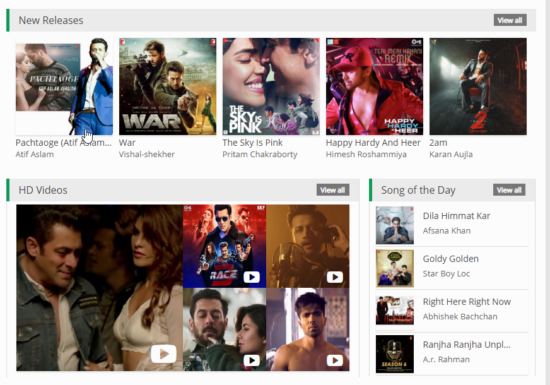Instagram has become an integral part of our social media landscape, providing a platform for sharing photos, and videos, and connecting with friends, family, and influencers. Recently, Instagram introduced a lighter version known as Instagram Lite, designed to cater to users with limited storage capacity and slower internet connections. In this article, we’ll delve into the key distinctions between Instagram and Instagram Lite, helping you make an informed choice about which version suits your needs.

1. App Size and Resource Consumption
All Heading
One of the most significant differences between Instagram and Instagram Lite lies in their file sizes. Instagram Lite is specifically engineered to be more lightweight and consume fewer system resources compared to the standard Instagram app. This makes it an ideal choice for users with lower-end devices or limited storage space.
The Lite version typically requires significantly less storage space, allowing users to install and use the app without worrying about running out of storage on their devices. Additionally, Instagram Lite utilizes fewer data resources, making it a practical option for users with slower or less stable internet connections.
2. Feature Set
While both Instagram and Instagram Lite share core features like photo and video sharing, stories, and direct messaging, there are some distinctions in functionality between the two versions. Instagram Lite is streamlined to prioritize essential features, which means some advanced functionalities available in the standard app may be absent in the Lite version.
For example, Instagram Lite may not support features like AR filters or some of the more complex video editing options. This is a trade-off for the reduced app size and resource consumption.
3. Interface and Design
Instagram and Instagram Lite have similar user interfaces, with both featuring the iconic grid layout for photo feeds, stories at the top, and a bottom navigation menu for easy access to various sections of the app. However, due to its streamlined nature, Instagram Lite may have a simpler design with fewer graphics and animations compared to the standard app. This design choice is aimed at improving performance on devices with limited processing power.
4. Notifications and Interactivity
Another notable difference between Instagram and Instagram Lite lies in their notification systems. While both apps support basic notifications for likes, comments, and direct messages, the Lite version may have limited support for some advanced notification features. This is done to conserve data usage and minimize background processes, which is crucial for users with restricted data plans.
Additionally, Instagram Lite may have slightly reduced interactivity compared to the standard app. This could mean that certain features like interactive stickers or live streaming may be limited or not available in the Lite version.
5. Availability
Instagram Lite is designed to be more widely accessible, particularly in regions where internet connectivity may be slower or less stable. As a result, it is often made available in countries or regions where standard Instagram may not be as optimized for slower networks. This ensures that users in such areas can still enjoy a satisfactory Instagram experience.
In conclusion, the choice between Instagram and Instagram Lite ultimately depends on your specific needs and the capabilities of your device. If you have a high-end device with ample storage and a stable internet connection, the standard Instagram app provides the full suite of features and functionalities. However, if you have limited storage, a lower-end device, or face connectivity challenges, Instagram Lite offers a more streamlined, resource-efficient alternative.
Ultimately, both versions serve the same purpose – connecting people through visual storytelling – but cater to different user preferences and circumstances. Regardless of the version you choose, Instagram remains a powerful tool for sharing moments, expressing creativity, and staying connected with the global community.












![Best Instagram Bio for Boys [Swag Bios + Attitude Bios ] Best Instagram Bio for Boys [Swag Bios + Attitude Bios ]](https://tipsmafia.org/wp-content/uploads/2021/04/instagram-bio-for-boys.jpeg)
Recent Comments